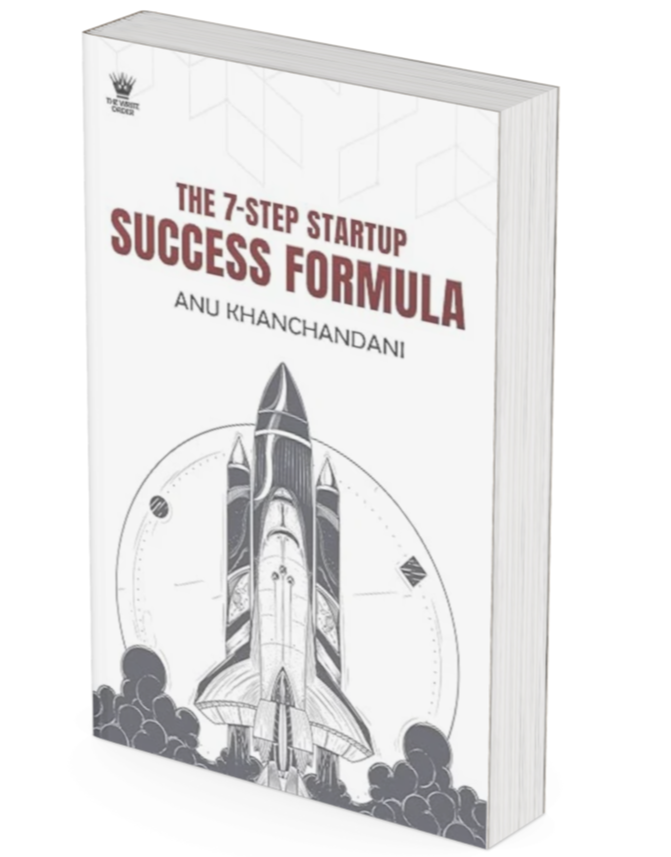Achieving product-market fit is critical for startup success. AI revealing market fit can help startups validate assumptions and build sustainable growth.
For startups, achieving product-market fit is a critical milestone. It signals that your product resonates with customers, solves a real problem, and creates value. However, many founders fall into common traps such as assuming demand, focusing too much on features, or mistaking early adopters for the entire market.
The truth is that product-market fit isn’t about guesswork—it’s about using data to understand your audience and continually refining your product. This is where artificial intelligence (AI) comes into play. AI-powered tools provide startups with the insights they need to validate assumptions, analyze customer behavior, and adapt to changing needs.
In this blog, we’ll explore how AI can reveal the truth about product-market fit and help your startup achieve sustainable growth.
What is Product-Market Fit?
Product-market fit happens when your product satisfies a specific audience’s needs so well that customers become repeat buyers, recommend you to others, and drive organic growth. It’s the point where demand exceeds supply.
However, achieving this fit is challenging. Many startups mistake early enthusiasm or positive feedback from a small user group as validation. True product-market fit requires sustained demand, customer engagement, and willingness to pay.
AI tools like Google Analytics and Hotjar can help measure engagement, identify pain points, and determine whether your product is truly meeting market needs
Common Myths About Product-Market Fit
1️⃣ “If I build it, they will come.”
This myth assumes that simply having a product is enough to attract customers. Unfortunately, this approach often leads to wasted resources.
How AI Helps:
AI-powered sentiment analysis tools like MonkeyLearn or Brandwatch analyze customer feedback and social media conversations, validating whether your product addresses a real problem. These insights guide development efforts, ensuring you’re building something customers actually want.
2️⃣ “Our features are unique, so the market will notice.”
Focusing on features instead of solving customer problems is a common mistake. Even innovative features can fail if they don’t provide value.
How AI Helps:
Tools like Mixpanel and Amplitude track how users interact with your product, highlighting which features drive engagement and which ones are ignored. This enables you to prioritize impactful features while avoiding unnecessary complexity.
THE 7-STEP STARTUP SUCCESS FORMULA - DR. ANU KHANCHANDANI
Every entrepreneur’s journey is a mix of failures and successes. The probability of failure is higher, however, there is a way to grow and keep growing until you build a successful startup. This book is one such guide to help you with 7 formulas for your success.
3️⃣ “Early adopters love it, so we’ve made it!”
Positive feedback from early adopters is encouraging but doesn’t guarantee long-term success. Early adopters often have different needs than the broader market.
How AI Helps:
AI-powered segmentation tools like HubSpot or Segment analyze customer data to identify patterns across different user groups. By understanding these differences, you can refine your product to appeal to a scalable audience.
AI Revealing Market Fit: Validation Tools
AI simplifies the process of determining whether your product meets market needs. Here are some ways AI tools support validation:
- Customer Feedback Analysis: Platforms like Qualtrics and Zendesk analyze customer feedback to identify recurring themes and sentiment.
- Behavioral Insights: Tools like Crazy Egg and Google Analytics track user interactions, helping you understand what’s working and where users drop off.
- Predictive Analytics: Platforms like IBM Watson Analytics forecast customer behavior based on historical data, enabling you to anticipate demand.
These tools take the guesswork out of validation, providing actionable insights to improve your product’s fit.
Continuous Iteration for Long-Term Success
Product-market fit isn’t a one-time milestone—it’s an ongoing process. Customer needs evolve, competitors innovate, and market conditions change. AI enables startups to stay ahead by making continuous iteration seamless.
- Feature Prioritization: Tools like Productboard analyze customer feedback to recommend features with the most potential impact.
- Trend Analysis: Predictive tools like Sprinklr identify emerging trends, helping you adapt your strategy proactively.
- Real-Time Feedback Loops: AI systems provide instant insights from user interactions, ensuring you can make quick adjustments.
For example, an e-commerce brand might use AI to identify seasonal buying patterns and adjust its offerings to align with customer preferences.
Overcoming Challenges with AI
Achieving and maintaining product-market fit comes with challenges, but AI offers solutions:
1️⃣ Understanding Churn: AI tools like ChurnZero analyze user behavior to identify why customers leave and suggest actionable ways to improve retention.
2️⃣ Optimizing Pricing Models: Machine learning platforms like ProfitWell analyze purchasing patterns to recommend pricing strategies that maximize revenue.
3️⃣ Improving Customer Experience: AI-driven personalization tools like Dynamic Yield deliver tailored recommendations and content, increasing satisfaction and loyalty.
By addressing these challenges, startups can build stronger relationships with customers and achieve sustainable growth.
Key Benefits of AI in Achieving Product-Market Fit
- Efficiency: Automate data collection and analysis, saving time and resources.
- Accuracy: Reduce the risk of decisions based on faulty assumptions by using real data.
- Scalability: Leverage AI insights to scale your product effectively while targeting the right audience.
With AI, you can focus on building a product that meets customer needs, drives engagement, and sustains growth.

With over two decades of experience in the software technology arena, having worked in multinational and SME companies in India, USA and Singapore in the capacity of programmer to CTO – I felt now was a good time to give back to the world what I have learnt in this journey. Even if it ends up benefitting a few of my readers by giving them insight or solving a technical issue, I think I will have achieved my mission!




